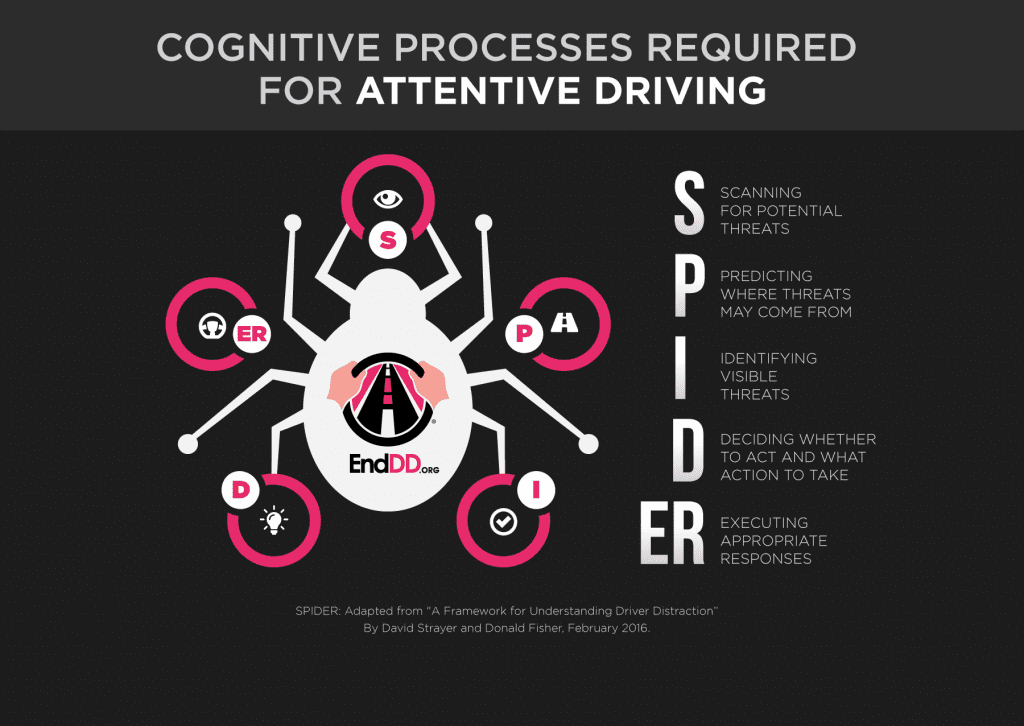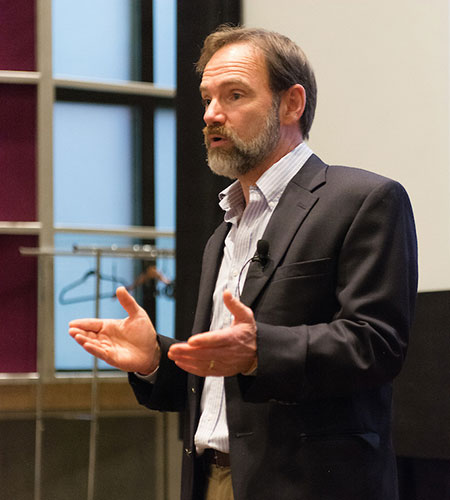April is Distracted Driving Awareness Month and a good time to reflect on just how bad distracted driving has become in our country. For many of us seeing other motorists focused on their phones whizzing by in traffic has become a routine occurrence. Whether its texting, changing music, accessing Facebook or using any one of a number of apps, often when we drive we are in the company of other drivers seemingly oblivious to their responsibilities as drivers. Traffic fatalities increased from 2014 to 2015, reversing what had been a general decline in deaths since 2007. Early estimates for 2016 show this was not an aberration as more of us were killed on our highways in 2016 than at any time since 2008. According to the National Highway Traffic Safety Administration (NHTSA) Traffic Safety Facts Research Note, DOT HS 812 318, of all the 2015 fatalities attributable to “human choice,” those caused by distracted driving increased on a percentage basis faster than those caused by speeding, drunk or drowsy driving or failing to wear a seat belt.
Several studies have shown that many of us believe that distracted drivers now pose a greater threat to our safety than drunk drivers. So in our educational programs at EndDD.org we are teaching audiences at schools and businesses how to protect themselves and those they care about from distracted drivers. That requires us to rethink defensive driving in light of distracted driving.

To drive defensively we must anticipate that other drivers will make mistakes and will do the unexpected, often precipitating crashes. We need to be prepared for those mistakes to avoid crashes. In a recent paper, SPIDER: A Framework for Understanding Driver Distraction,” the cognitive processes required to drive defensively were described. David Strayer, D. and Fisher, D., University of Massachusetts, Amherst. Human Factors, Vol. 58, No. 1, February 2016. SPIDER is an acronym for each of the cognitive processes that we need to employ to avoid potential and actual threats while driving-Scanning for potential threats, Predicting where those threats will come from, Identifying actual threats; Deciding whether to act and what action to take and Executing appropriate Responses to those threats. Thus driving, and in particular defensive driving, requires us to repeatedly engage in a complex series of cognitive tasks. Successful completion of these individual tasks, as well as all of the tasks necessary to avoid another driver’s mistakes, requires vigilance and our full concentration.
As we approach an intersection, even if we have the green light, can we safely take our eyes off other cars expecting them to stop for their red traffic signal? Or, because of the prevalence of distracted driving, shouldn’t we expect them to continue into the intersection against the red light because they are looking at their phones and not at the road? Similarly, when we are going through an intersection and see pedestrians approaching the intersection can we assume they will stop before stepping off the curb if they are holding and looking at phones? If we choose to look at our phones we cannot scan for potential dangers, identify actual hazards and avoid those hazards.
Simply stated, distracted drivers cannot be defensive drivers.
To protect ourselves from distracted drivers we must be constantly vigilant and it is impossible to do so when driving distracted. For your safety and the safety of those you love commit to driving defensively.






